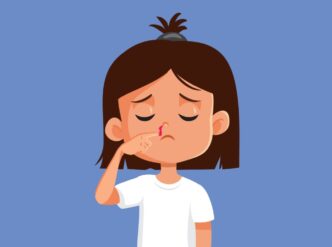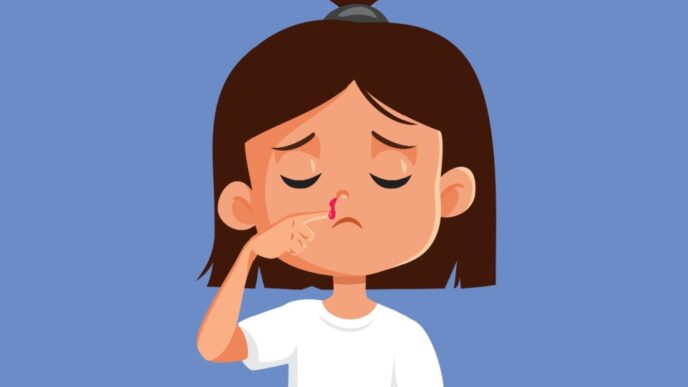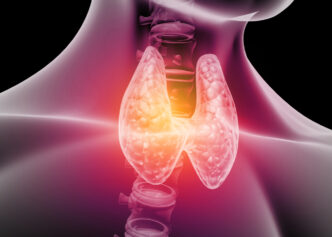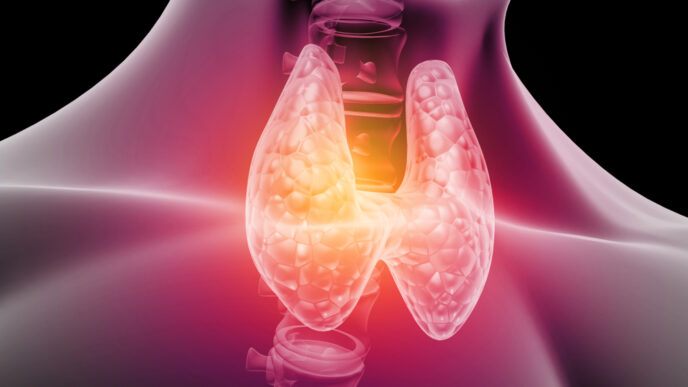On every first Tuesday of May, health advocacy groups and educators from around the globe celebrate World Asthma Day where they strive to improve awareness of the airway disease. As asthma continues to burden both the patients and the health system, it is high time for us to further understand what asthma really is, and what we can do to minimize its impact.
WORDS MAK WEN YAO
UNDERSTANDING WHAT ASTHMA REALLY IS
- Asthma is a chronic condition where the lung airways become inflamed and stimulated to produce excessive sticky mucus.
- The bronchial tubes of an asthmatic patient — the air passageway that connects the windpipe to the lungs — will become narrow as the muscles surrounding them constrict in response to the noxious external stimuli.
- As these tubes struggle to remain open, the patient’s ability to breathe also becomes compromised.
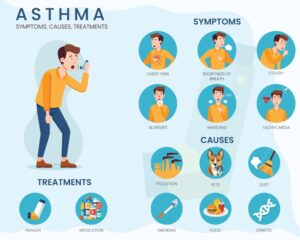
Asthma Attack
- An asthma attack is frequently described as having to struggle to draw a full breath, often accompanied by coughing, wheezing, and an overall tightness across the chest.
- When the airway becomes constricted and obstructed by thick mucus, the patient has to spend every ounce of energy just to draw in enough oxygen to make it to the next breath.
- This could be a harrowing experience to patients and uninformed family members. Some patients say, “It’s like drowning in air.”
However, people with asthma may experience the disease in other ways.
- The condition is largely dependent upon the types of the trigger and other aggravating factors.
- A mild attack could last only minutes and resolve spontaneously without any treatment, while severe attacks could span hours and may require hospitalisation.
COMMON CAUSES OF ASTHMA ATTACK
Although we have yet to completely understand the fundamental causes of asthma, we now know that the exposure to certain environmental particles or inhaled substances could cause an asthma attack:
- Pollution
- Pets
- Dust
- Chemicals
- Mold
Research has revealed a delicate interplay between the physical and psychological components of an asthmatic patient.
Available scientific evidence points to a relationship between heightened emotional arousal, such as extreme anger or fear, and dyspnoea — difficulties in breathing — in asthmatic patients.
Certain household medicines could trigger an attack as well.
- Aspirin and a group of painkillers known as the non-steroidal anti-inflammatory drugs (NSAIDs) may cause symptoms in certain patient populations.
- NSAIDs are thought to increase the production of some pro-inflammatory chemicals in our body that can cause asthma attacks.
It is important to understand that asthma may not always manifest in the same way. Each individual may respond differently even if they were exposed to the same aggravating factor. It would be essential to understand how the body reacts when exposed to a potential allergen and take the appropriate steps as recommended by the doctor.
ASTHMA TREATMENT AND CARE
While there is currently no cure for asthma, the condition can be well controlled if managed appropriately.
- Advances in medical care allow asthma medicine to be directly administered into the lungs,thus bypassing many unwanted side effects associated with systemic treatment method.
- The inhaler is, by far, the most extensively used option, but certain patients may have to use a nebulizer — a machine that helps one breathe in the medicine as a mist through a mask or a mouthpiece — or depend on oral medications as an add-on treatment to the inhaler.
There are generally two types of asthma treatment:
- The quick reliever functions as the rescue medicine to rapidly relax muscles around the airway during an asthma attack. It relieves symptoms of breathlessness and helps the patients to regain control of their breathing.
- Long-term controller reliever functions to prevent asthma attacks. It reduces inflammation of the airway, making it less likely for allergens to trigger an attack. It may be given in a combination of inhaled and oral medicine.
USEFUL TIPS
- Always shake the inhaler canister before use. This action will mix the active drug well with the propellant to deliver the right dose into the lungs.
- Your lips should form a tight seal around the inhaler to ensure the dose reaches its target.
- Time your breathing appropriately while using the inhaler. Breathe out completely and take a deep breath while pressing the canister.
- Hold your breath for around 10 seconds with your lips closed and then breathe out slowly after a puff is delivered to allow for the medicine to exert its effect.
- If your doctor prescribed a second puff, wait for about 1 minute. Then, repeat the steps 1-4.
| This article is part of our series on asthma and its management. |



